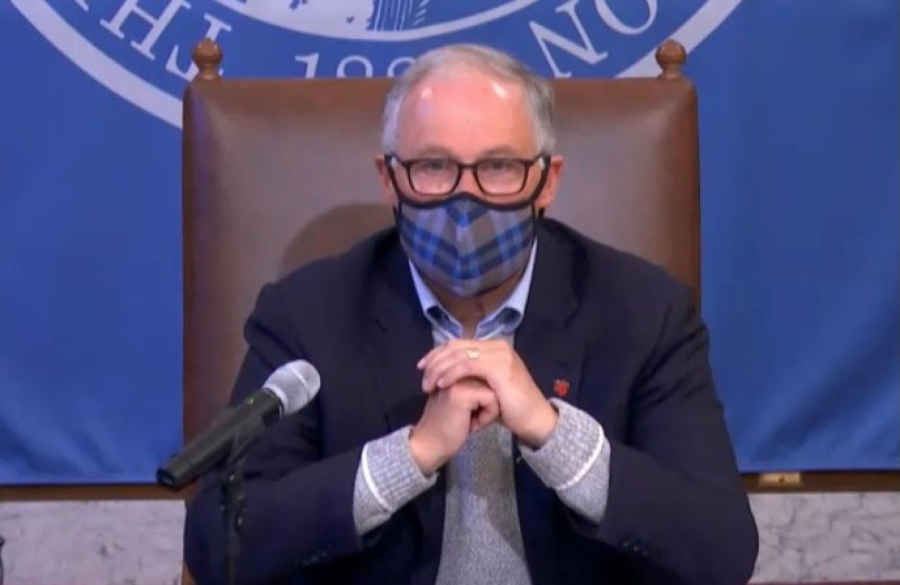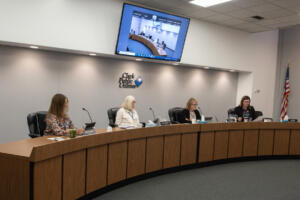Clark County will remain in Phase 3 of the Healthy Washington Roadmap to Recovery COVID-19 reopening plan through at least May 3.
Washington Gov. Jay Inslee announced Monday, April 12, that three counties — Cowlitz, Pierce and Whitman — would roll back to Phase 2 after not meeting the state’s Phase 3 metrics.
To remain in Phase 3, large counties like Clark County must have fewer than 200 new cases of COVID-19 per 100,000 residents over the most recent 14-day period or have fewer than five new COVID-19 hospitalizations per 100,000 residents over the most recent seven-day period.
Inslee announced April 9 that he was updating the criteria for remaining in Phase 3, and that counties would only move down one phase if they had failed both the new cases and hospitalizations metrics. Prior to the governor’s April 9 announcement, failing just one of those metrics would have rolled a county back into Phase 2.
“Given the incredible progress on vaccinations and our focus protecting people from severe illness, we believe analyzing and requiring both metrics together is the right approach to make sure we’re considering the connection between COVID cases and our medical system and hospitalizations,” Inslee said April 9.





